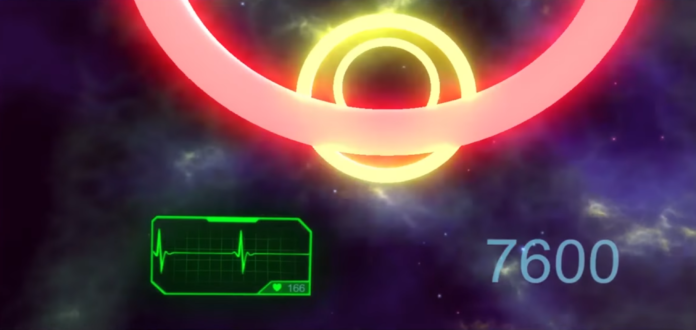The next generation of developers understands just how crucial a component fitness is to virtual reality. One New Zealand computer science graduate managed to prove that exceptionally well, winning an award nicknamed the “Junior Nobel” prize.
VRowing technology
Harry She, a recent University of Auckland graduate, created a game called HIITCopter and submitted a findings paper in the Global Undergraduate Awards. More than 3,400 entrants participated, and his creation — a VR fitness game that makes use of a rowing machine — was impressive enough to earn him the prize.
Harry She, was not alone in developing the game. Other students at the university involved in the project include Ofek Wittenberg, Jared Young, Patrick Poole, and Alex Mercer.
HIITCopter uses a rowing machine with Oculus technology and a heart rate monitor and aims to keep users at a constant rate of between 70 and 90 percent of their maximum. This zone is optimal for fitness and weight loss, meaning you can best maximize results by staying within it. The game’s difficulty adjusts according to your heart rate, so you will be worked more intensely when it needs to increase.
He has wasted no time making a name for himself since developing the game. He is now the data science lead at Halter, a company that creates technology capable of monitoring livestock’s health.
Monitoring heart rate primarily instead of calories burnt is an approach we have not seen very often in VR fitness. However, because of the tangible information offered by heart rate monitors, it’s arguably more accurate than the calorie estimates found in many VR games today. It can also ensure you don’t start slacking, as you will have to work at a certain pace to keep your heart rate high enough.
If you are interested in trying HIITCopter, the source code and other information are available on GitHub. Instructions are provided for how to install it.


